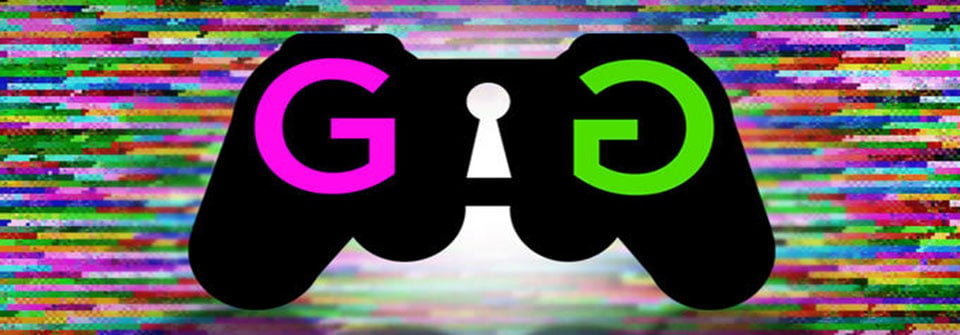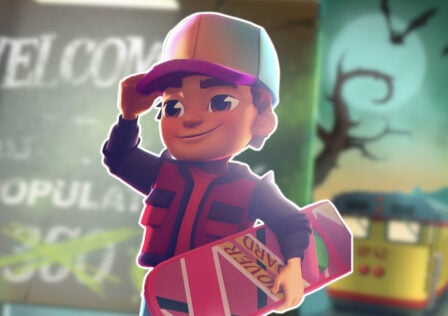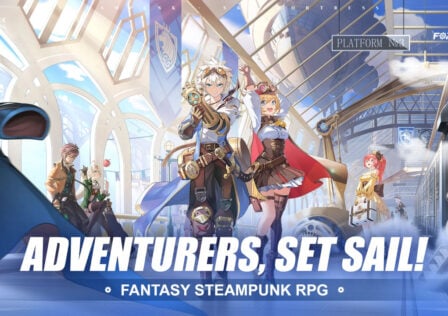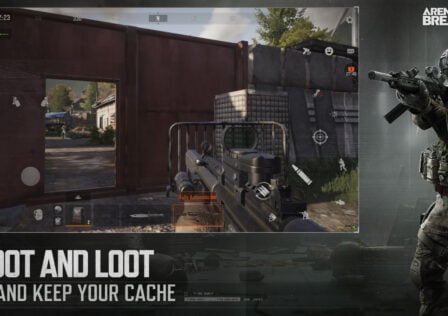This is a conversation that must be had. It is time to talk about the harassment of women in gaming and our role as men in perpetuating this problem. It is time to address the ever present need for equitable treatment within the video game community. It is time for us here at Droid Gamers to join the discourse on GamerGate.
Here is the rundown for those of you that have not followed the GamerGate controversy. GamerGate is a social media campaign that developed in August after Zoe Quinn (the game designer behind Depression Quest) was harassed online by her former boyfriend, Eron Gjoni (a programmer). Gjoni posted a revenge blog about Quinn in which he accused her of cheating on him with Nathan Grayson, a writer for popular gaming site, Kotaku. Grayson stood accused of using his position as a journalist to get more coverage for Quinn’s game, while Quinn stood accused of using her relationship to get leverage for her game. After Kotaku conducted an investigation on the matter, it was found that neither Quinn or Grayson were guilty of any wrongdoing.
Over the next several weeks, a series of events unfolded which culminated in the harassment of three female game journalists that spoke out on behalf of Quinn. Two of said journalists resigned from doing any further work relating to video games. That denouement says quite a bit about male gamers and this community: these women felt so unwelcome as fellow gamers that they quit game journalism. And yes, we men make women feel unwelcome in this space be it our interaction with women in online spaces, the games we design and play or the acrimonious blog posts we write, harassing women in the industry.
The aforementioned women, as well as female proponents of Quinn have been subjected to innumerable slurs, threats of rape and threats of violence. Quinn in particular has been harassed via twitter, e-mail and even her personal phone number. Further exacerbating matters are a chorus of men across the Internet spreading hate speech against women. Sadly, the issue goes well beyond vitriolic rhetoric, online stalking and journalism ethics.
Misogyny in gaming is so pervasive that it affects every facet of the hobby. Whether it’s the representation of women in games, anti-female articles on gaming blogs or game designers giving excuses for why women are not represented more often, female gamers are made to feel excluded and sub-human in the realm of gaming. Misogyny has become ingrained in the culture and attitude of modern games and it is time for men to stand up and stand beside female gamers. It is time for us to check our privilege and work toward a better community.
Just this year, game designers from Ubisoft spoke quite candidly about their “inability” to include a female assassin in the co-op mode of the recently released Assassin’s Creed Unity. Even though a female led Assassin’s game exists, the developers offered the rather obtuse justification that creating the model and animations for a female assassin would be too “difficult.” Back in 2011, Warner Bros. put out the highly anticipated Batman Arkham City, which is now notorious for its in-game dialog that is rife with slurs and constant rape threats directed toward Catwoman and Harley Quinn. The entirety of the Dead or Alive franchise is known for having a dedicated physics engine for breast jiggle, and the long running One Chanbara series stars a female lead that literally dons a bikini, stetson and feather boa to go and slay zombies.
Again and again, women that seek representations of themselves in this medium are met with a dearth of positive images, male-driven sex fantasies (God of War’s mini-game comes to mind), or the threat of sexual violence. More often than not, women in games are transformed into subjects of the male gaze, being dehumanized in the process.
It is of no surprise that women endure similar hostility when dealing with men off-screen, whether it is the forum mantra of “tits or GTFO”, or demeaning female gamers with slurs, death wishes and rape threats. The behavior that male gamers observe with female gamers is eerily mirrored in the medium itself, and I don’t believe this to be a “chicken or the egg” scenario. This behavior is an extension of male privilege (it exits and I implore you to research the scholarship). It is the reason why women are groped when cosplaying as game characters and then told it is their fault for dressing up. It is the reason why women are told that “no one” (read: men) will play games (or see movies) where females are the hero, unless the woman is made “sexy.”
It is important to note that gaming was not always this way. In the 80s, 90s and early 00s, many games were designed to have a universal appeal. Pac-Man was famously designed to attract players of both sexes. In fact, the game’s creator, Toru Iwatani, explicitly stated that the game was meant to draw in female gamers. Despite Ubisoft’s recent gaffes, their past track record is immaculate, particularly because of their cult-hit, Beyond Good and Evil, which starred a female lead named Jade.
Nintendo is renowned for its progressiveness thanks to the creation of Samus Aran, the heroine of the beloved Metroid games. Clad in orange power-armor, gamers never suspected that the alien-fighting bounty hunter was in fact a woman. The revelation was at the time shocking and applauded. Since then, the character has remained a staple in Nintendo’s stable of money-printing franchises, and an example of how to properly insert a female character into a game narrative.
Modern gaming is not entirely bereft of positive female leads. Ubisoft is responsible for 2012’s Assassin’s Creed Liberation, a game starring a French-African female assassin named Avaline. The following year, Capcom published Remember Me, an all new franchise starring a female lead named Nilin. Even recent mobile, games such as Monument Valley and Republique, feature female leads.
However, it is crucial that this conversation avoid confusing exceptions, such as those listed above, as a sign that gaming is now an equitable space. According to a recent report from the ESA (the group responsible for organizing E3), women statistically comprise 48% of the gamer demographic, yet a report from the Boston Globe reveals that women only make up 11% of all game designers and 3% of all game programmers. The significance here is that women are largely not in control of their representation in this medium, even though women make up nearly as much of the video game audience as men do. Developers, the ball is in your court. There is no reason why more women can’t be brought on board with your companies. “Not enough women in the field,” you say? Then develop outreaches to undo centuries of telling little girls that math and science is for boys. Encourage women to pursue an education in STEM fields. You have the resources, you have willing advocates, so quit hesitating. But what about the gamer community? Well, you aren’t off the hook.
The question is, where else do men fit into this discourse? You may be thinking to yourself, “I’m not objectifying anyone” or “I don’t make games, I only play them.” The fact is, by buying and playing games that glorify these hyper-sexualized depictions of women, you are complicit with the objectification of the female body. When you play games designed by teams that put out anti-female content, you are sending them the message that their is an audience for such content.
“But men are objectified too! Men in games are hyper-masculine action heroes with tight shirts and bulging muscles” you may wish to offer as a rebuttal. And you know what? That is absolutely true and part of a larger issue with media influence and body image. Even still, it would be a false equivalence to suggest that male objectification is even been remotely comparable or as detrimental as female objectification.
If you know that a game is being put out with a clearly misogynistic theme, aesthetic or design choice, then don’t buy it. The minor inconvenience of missing a game or two is small compared to the profound impact of a publisher seeing consumers vote with their wallet. At the end of the day, companies are looking to generate revenue. This is why Disney and Marvel have gone to great lengths to include women: not only because their corporate culture values inclusion and diversity, but because enough of us have voted with our wallets to signal that we appreciate and desire positive female images. We can do the same thing for games. Furthermore, it is so powerful when we as men are willing to tell other men that it isn’t okay to perpetuate these negative images and ideas.
Women may be the targets of misogyny but it is not their problem alone. As men, we are responsible for putting an end to the discrimination that men carry out against women. We make the games and we buy the games, therefore we make the decisions that empower or or harm female gamers. No more hiding behind excuses. We have the ability to redefine this community as an inclusive space. After all, we all have one thing in common if nothing else: a love for fantasy and adventure made possible through the imaginative medium of video games. Since we are all playing, let’s learn to play together.
Sources: The Boston Globe | The ESA





